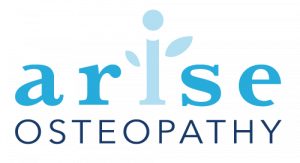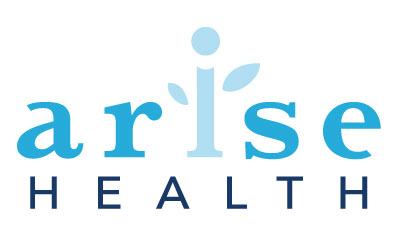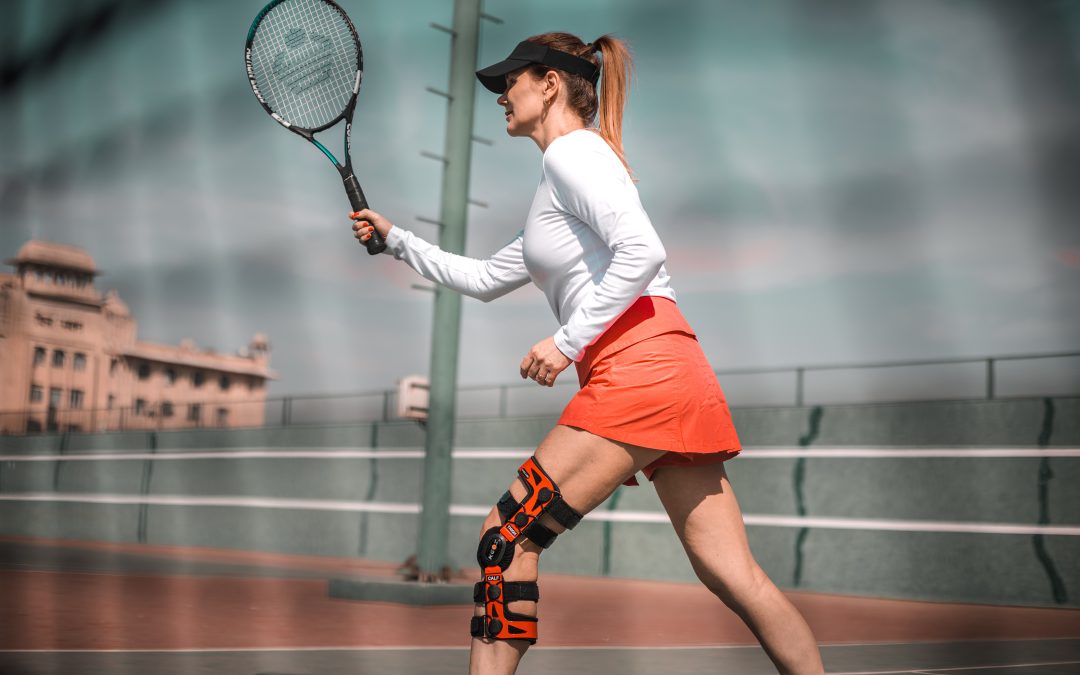Possibly one of the questions that causes the most confusion and not without reason. Different medical and allied health professions have different opinions and even within individual professions, opinions will vary.
Here’s the black and white of it as I see it…. Referenced from Braddon’s Physical Medicine and Rehabilitation.
Acute injuries should only ever be iced! That’s any injury less than 72hrs old.
Sub-acute and Chronic pain can be relieved with both ice and heat.
No wonder there’s confusion.
Here’s the rhyme and reason.
Icing a tissue has three key effects:
- Provides pain relief by reducing the number of pain signals sent to the brain.
- Relaxes muscles by reducing the neural stimulation of small muscle fibres
- Reduces swelling and prevents further tissue damage by narrow the width of blood vessels
How do you ice so that it actually provides pain relief?
Take an ice pack and wrap it in a tea towel. The tea towel protects the skin from damage and slows the rate of the ice pack warming. Apply the ice pack for 20 minutes, at which point the tissues should reach about 10 degrees. As the tissues cool, you will feel first cold, then a stinging burn, followed by a dull ache and finally numbness. Always check the sensation of the area after icing to see that if feels numb.
Which injuries and conditions should you use ice on?
Any acute injury. Be it bruising, muscle strains, spasms or guarding, ligament sprains, bursitis, or tendinopathies. Ice’s analgesic effects mean that it can also be applied to myofascial trigger points and chronic pain. In these cases, effects are more profound when ice and stretching is used together.
When should I not to use ice?
Never apply ice to an open wound or skin infection. You also need to be careful if you have poor circulation or impaired neural sensitivity.
And what about heat you ask?
Heat has three key effects on tissues:
- Reduces pain by distracting the brain. The jist of it is that temperature and pain signals are sent to the brain via the same pathway. When applied heat increases the temperature of a tissue, the increased number of temperature signals means that fewer pain signals can be sent simultaneously.
- Decreases superficial muscle spasms by decreasing the neural stimulation of muscle fibres. When a tissue is sufficiently warm, the hypothalamus in the brain will reflexively increase blood flow to deeper tissues helping them to relax too.
- Facilitates tissue healing by increasing blood flow. More blood means more oxygen and nutrients and the removal of unwanted substances produced during an injury.
How can I use heat effectively for pain relief?
To feel pain relief from heat application, the tissues have to reach between 33 and 40 degrees.
Hot packs and hot baths are the most common methods used at home. While these methods will provide some short term relief, they tend to lose their heat quickly making them less effective. An alternative option is to soak in a hydrotherapy pool or spa that is heated to 37 degrees. There are hydrotherapy pools located in Augusta and Bunbury.
Which injuries and conditions should you use heat on?
Any injuries that are subacute or chronic. That is a minimum 72hrs after an injury has occurred. Types of conditions include muscle strains, spasm or guarding, bruising, ligament sprains, decreased joint range of motion and myofascial trigger points.
When should I not to use heat?
Immediately after an acute injury or in the first 72 hours. Don’t apply heat to open wounds or skin infections, and be very careful if you have poor circulation or impaired neural sensitivity.



